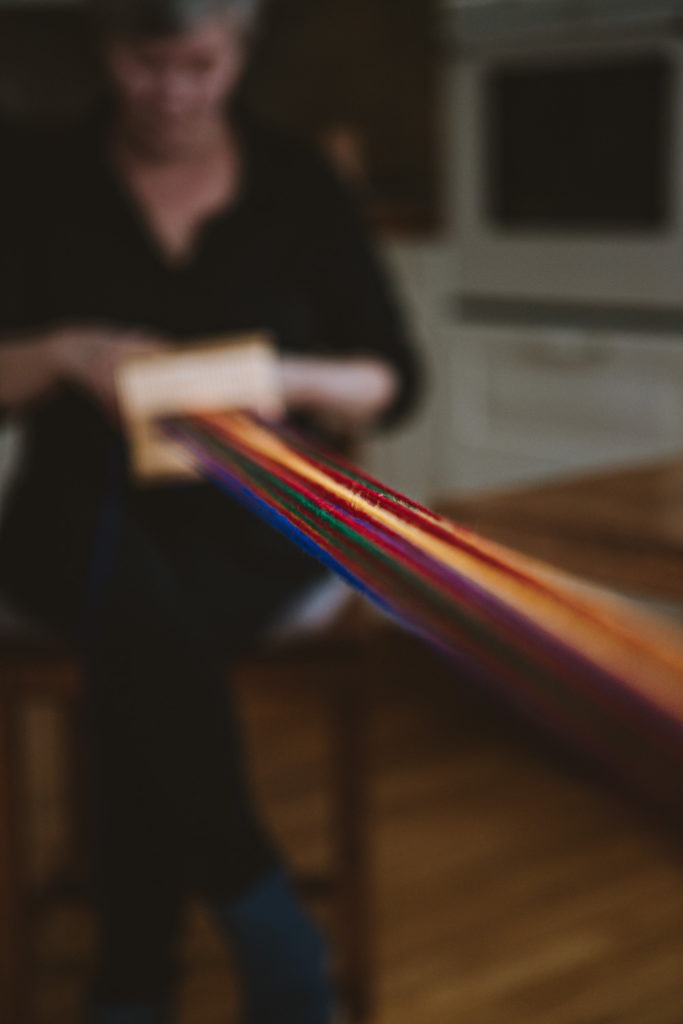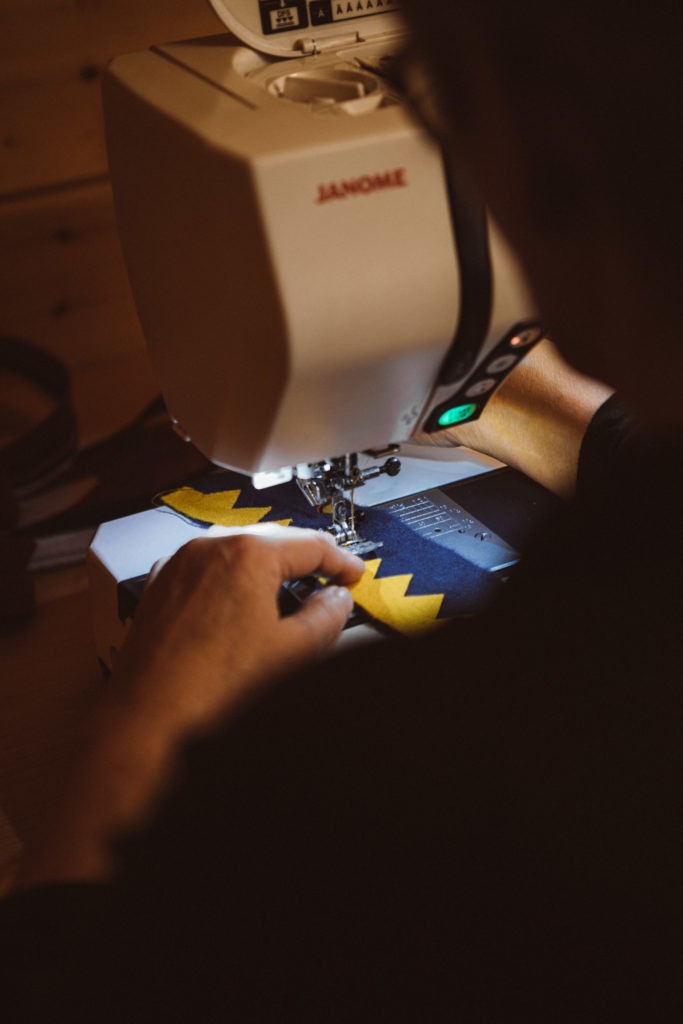Back to Their Roots
Throughout history, indigenous peoples around the world have faced hardships and prejudices. The same goes for the Sámi people of Northern Scandinavia. Just half a decade ago there was still a negative attitude towards the Sámi from the society. As a result, many Sámis abandoned their Sámi heritage in fear of harassment. This led to some families losing their Sámi culture altogether. In recent decades the prejudice against Sámis have declined, and the conception of the Sámi culture has taken a positive turn. A lot of media attention around Sámi artists, singers, and other media personas has led to an exploding interest in the culture. Many are doing genealogical research to find out more about their Sámi heritage, and for some being a Sámi is now pride.
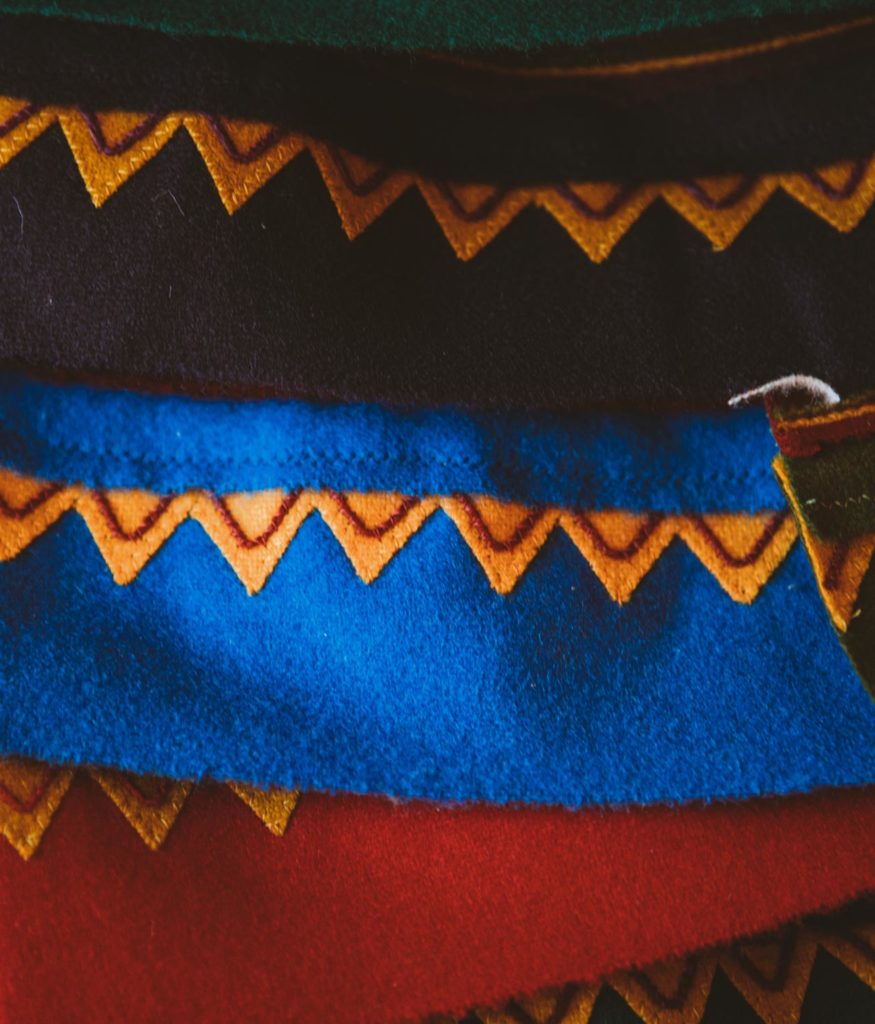
The Pride
People of Sámi descent have started embracing their Sámi heritage and taking back the culture that once was crushed. Especially the youth have started learning the Sámi language and wearing the traditional gákti as a symbol of cultural pride. Especially during big events like the Norwegian constitution day (May 17th) and the Sámi national day (February 6th), the streets are filled with people of Sámi heritage representing their culture in a beautiful and colourful way.
I wear my gákti with pride. Not only does it represent a copious and beautiful culture, it also represent my Sámi identity. An identity I am proud of.
Elisabeth Regine Myrland (19), Alta Finnmark
Symbolic Design
The gákti’s design bears a lot of symbolism, and every little design feature has a meaning to it. The Gákti is a colourful dress, reflecting the diversity of Sámi people. Although you could use almost every colour imaginable, the most common main colour for the Loppa gákti is navy blue. The navy-blue symbols the use of and life at the sea. Fishing was one of the main sources of food for the Sámis living in the southwestern parts of Finnmark, thus making this a key element in the design. The green represents the lushness of the lands, the forests and the agricultural part of the Sámi life. Red is the colour of strength indicating the strength and willpower of the Sámi people.
What differentiates the Loppa gákti from other gáktis is the yellow jags on its brim and collar. The yellow colour is a symbol of life and hope. It represents the midnight sun, shining all day, all night, an everlasting hope.
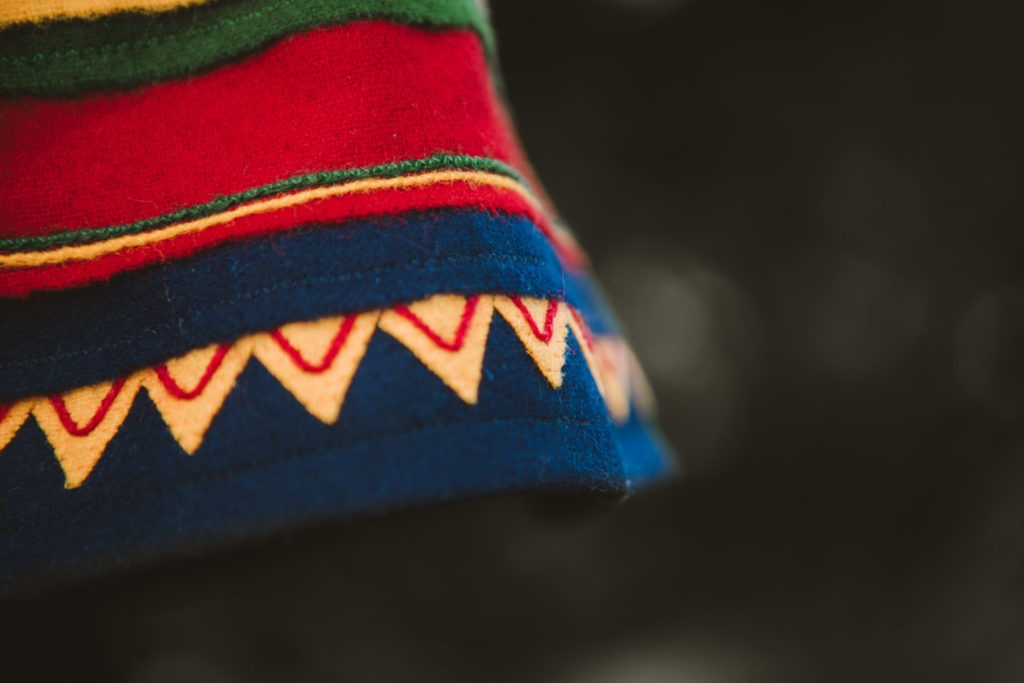
The Devil in the Details
During its lifetime the gákti’s various designs have faced a lot of hardship. In the late 19th century and early 20th century, most of the Sámi people were very religious. A prejudice society exploited their faith in God claiming the devil lived in the gáktis’ jags, and wearing Satan’s jags was a terrible sin. As a result of these claims, this design feature quickly disappeared from gáktis and other Sámi handicrafts. This gives the phrase “The devil is in the details” a whole new meaning. In recent years the jags have been brought back to the Loppa gákti to preserve the old traditional design, and now the jags that were scrapped are a symbol of hope.
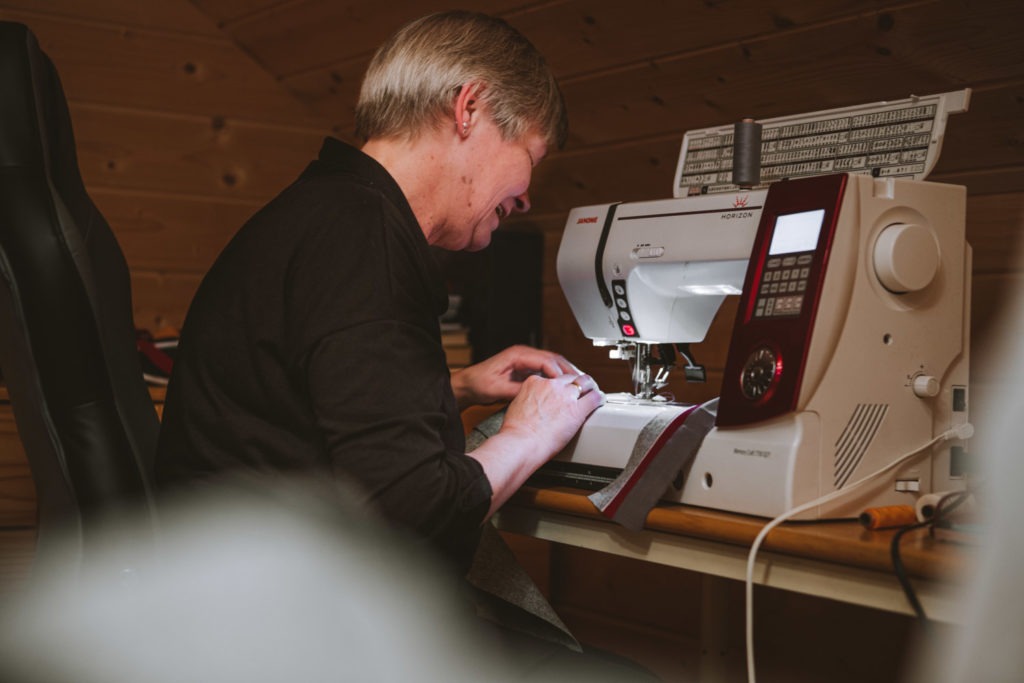
A Passion for The Gákti
The growing interest in and demand for the incredible piece of clothing has made this a growing trade, enabling many craftsmen to sew gáktis full-time. One of the people that sew gáktis for a living is Torill Kaino. In a little over two decades Torill as sewn around 400 gáktis for people all around Northern Norway. She sews 14 different gáktis from different regions of Sápmi, among others the one Loppa gákti pictured in this blog post. She gets so many requests that the waiting list sometimes stretches to over half a year. If this isn’t a sign of a growing trade, nothing is.
I think it’s great that the youth want to embrace and take back their culture and heritage.
Torill Kaino
Although most of the prejudice surrounding the Sámi culture is long gone, it is still important to remember our history in mind so this won’t happen again. Keeping a unique and colorful culture alive is priceless and something we should all strive to achieve.
Interesting read? Here at Nuet, we publish weekly blog posts about Scandinavian culture, crafts, cuisine and outdoors. Follow us at @nuetaquavit to get instant updates on our blog posts right in your feed.

